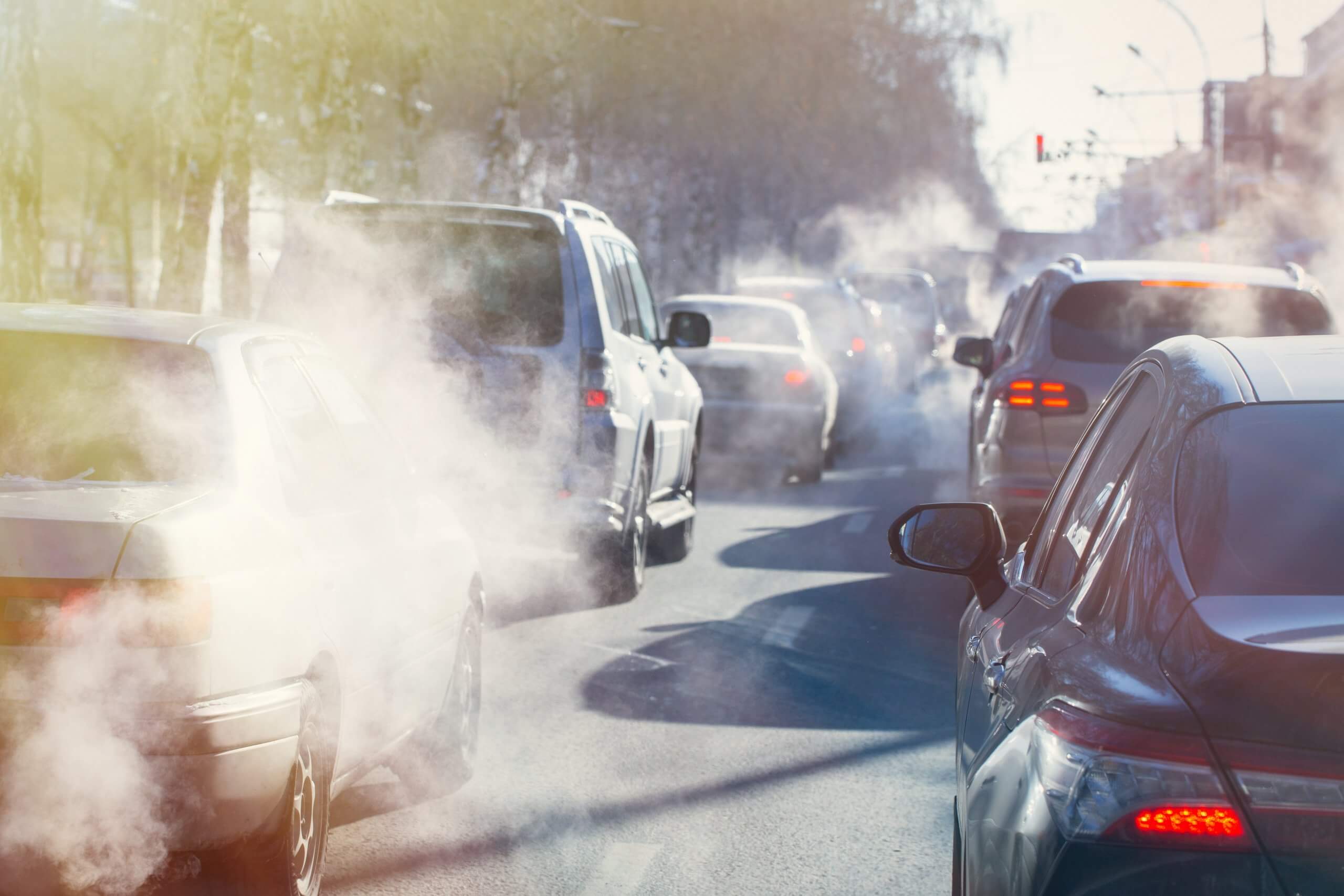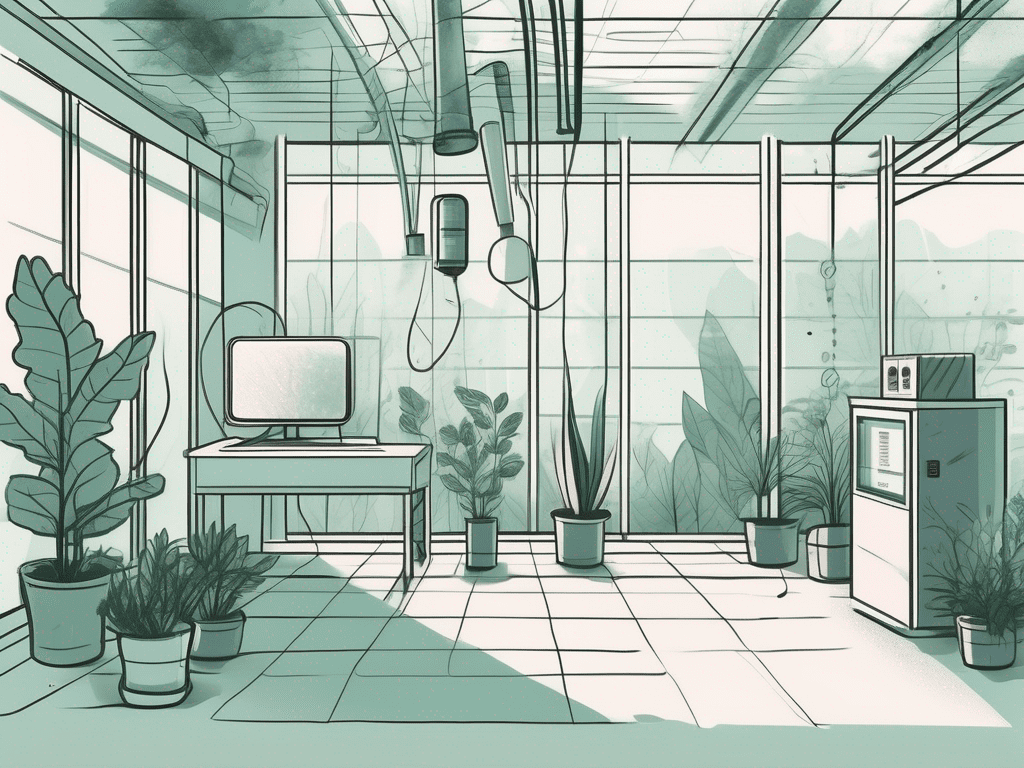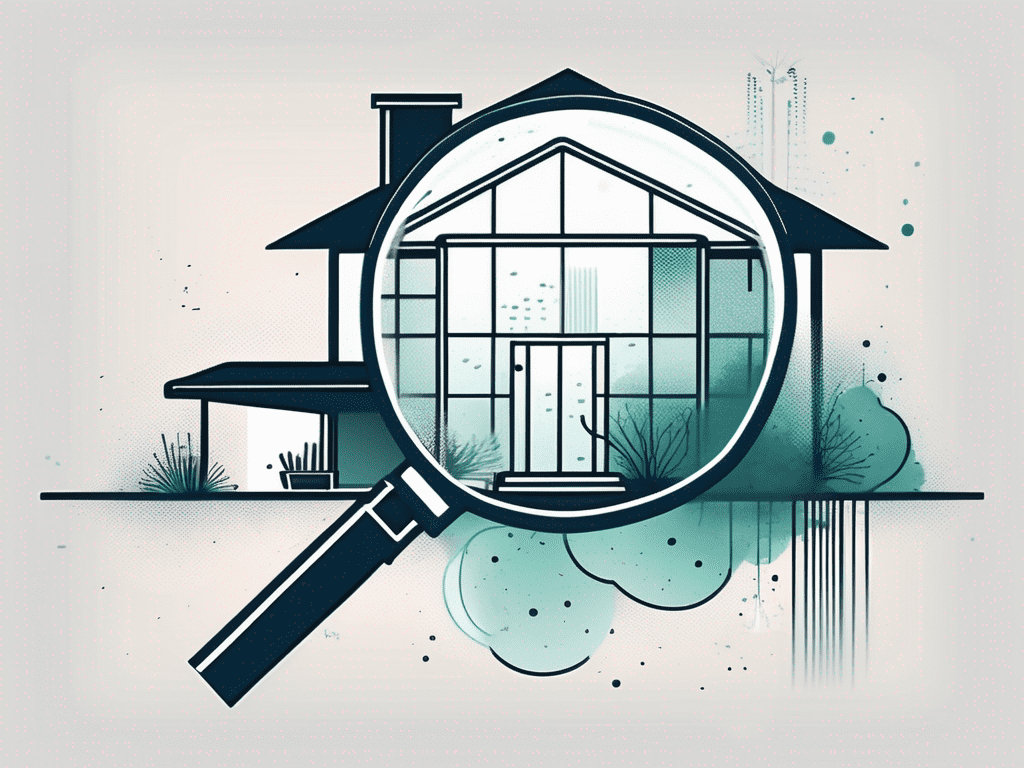The United States’ transportation sector has produced over 55% of the nitrogen oxides polluting outdoor air. Nitrogen oxide also contributes to the formation of ground-level ozone and particulate matter which can be deadly to humans and animals. Those aren’t the only pollutants found in vehicle exhaust. And, the harmful effects of exhaust fumes means exhaust emissions are an indoor air quality issue.
Recently, nearly two dozen health organizations wrote a letter to Congress asking leaders to support public transit and zero-emission vehicles. It has sparked greater interest in the potential shift to electric cars and questions about the role exhaust emissions play in environmental health, outdoor pollution and indoor air quality.
What Are Exhaust Emissions?
Exhaust emissions are composed of Several chemicals and particles compose exhaust emissions. that negatively impact indoor and outdoor air quality. The following substances can be found in the tailpipe of nearly every car on the road.
The Harmful Effects of Exhaust Fumes
…on Human Health
Exhaust fumes can have devastating effects on human health. Exposure contributes to conditions such as asthma, pneumonia, stroke, heart attacks, high blood pressure, lung cancer and cognitive decline. As previously mentioned, exhaust fumes release PM2.5 and PM10 into the air. These particles enter the nose and travel directly to the lungs, sometimes reaching the bloodstream. These particles are extremely fine, allowing them to sneak into your body and cause a plethora of health issues.
Asthma. Heart disease. Lung cancer. These are all health impacts from breathing in toxic diesel pollution.
— Moms #ClimateActionNow (@CleanAirMoms) March 30, 2021
We can #StopDieselDeath by electrifying medium and heavy-duty vehicles in the US. Learn how at https://t.co/8pbpjpaHVW #ChargingUSForward pic.twitter.com/xdArE5HeBy
…on the Environment
It is widely believed that the toxic combination of chemicals and particles exhaust emissions produces disrupts the ecosystem and contributes to global warming. For example, the Great Barrier Reef in Australia has experienced severe acidification causing fauna and flora to die. In turn, this has left marine life without the nutrients they need to survive. That’s just one example of car exhaust emissions impacting the surrounding environment.
Exhaust Emissions And Indoor Air Quality
Scary, but it sounds like an outdoor problem, right? Not quite. Like other pollutants, exhaust emissions can creep indoors through cracks, joints and other openings in your home. If you frequently utilize natural ventilation, AKA leaving your windows and doors open, then your home is more vulnerable to emissions and other outdoor pollutant sources. This is particularly true if you live in a metropolitan area or on a busy road.
As previously stated, exhaust emissions are filled with chemicals and particles. All of which negatively impact health. Once these pollutants have entered your home, fans and AC units help circulate the contaminants throughout your home, reducing indoor air quality.
Electric Vehicles and IAQ: What’s the Connection?
Electric vehicles are known to produce fewer exhaust emissions than cars and trucks that rely on gasoline. If more individuals could afford to choose electric cars, or if there were more options available, switching to electric motors would significantly decrease chemicals that contribute to outdoor air pollution. This would improve outdoor air quality and indoor air quality alike.
A pollution-free transportation sector will improve air quality & save lives. Over a dozen health groups are calling on @POTUS to set strong emissions standards for cars so that all communities can breathe easier. https://t.co/1cyFo4ncTQ
— American Lung Association (@LungAssociation) May 17, 2021
How to Protect Your Family and Your Home
There are several steps to take in order to protect your family and your home from exhaust emissions. Avoid natural ventilation during peak traffic hours. When streets and highways are congested, opening your windows and doors will allow any number of pollutants to enter your home and impact indoor air quality.
- Participate in a no car event! In honor of protecting your health and the planet, two important dates are arriving quickly. Both events encourage people to ride bikes instead, so that they can reduce exhaust emissions.
- May 21, 2021: The United States will celebrate Bike to Work Day
- June 3, 2021: Declared World Bicycle Day by the United Nations
- Make repairs as needed. If your home has missing floorboards, holes in window screens, doors with drafts, or cracks in walls and ceilings–patch them! Outdoor air pollutants can sneak through even the tiniest of spaces.
- Utilize mechanical ventilation. Upgrading to a balanced, whole-home mechanical ventilation system will remove stale indoor air and bring in fresh, filtered outdoor air. It will also maintain a consistent flow of air throughout your entire home.





